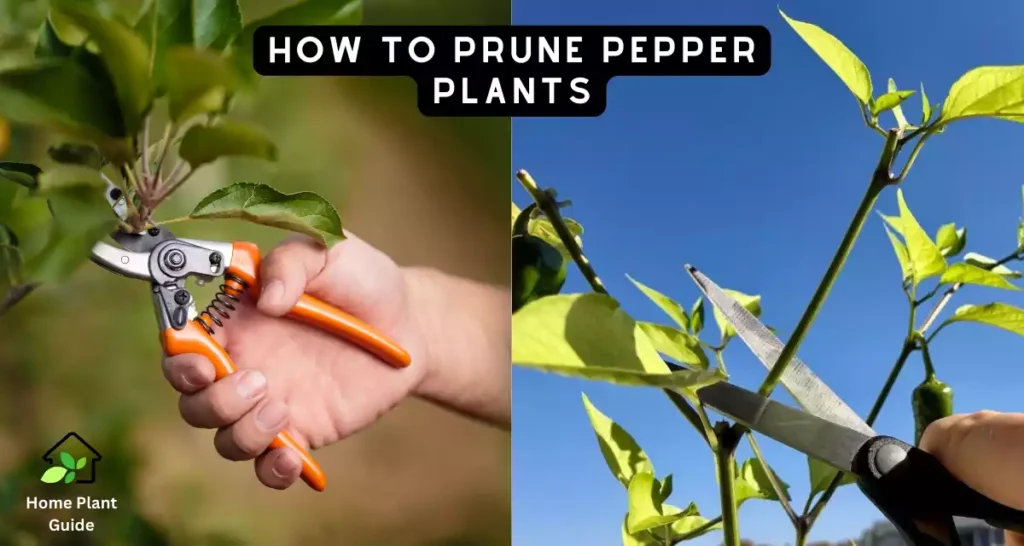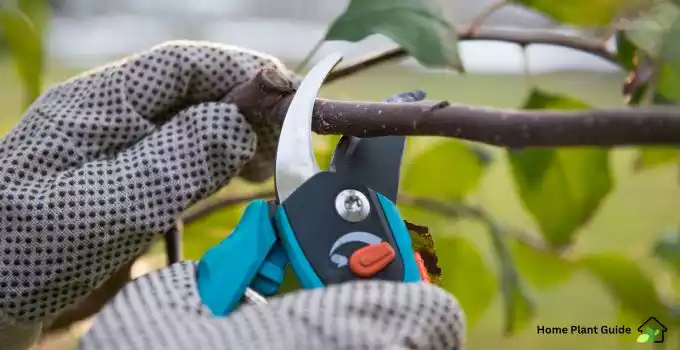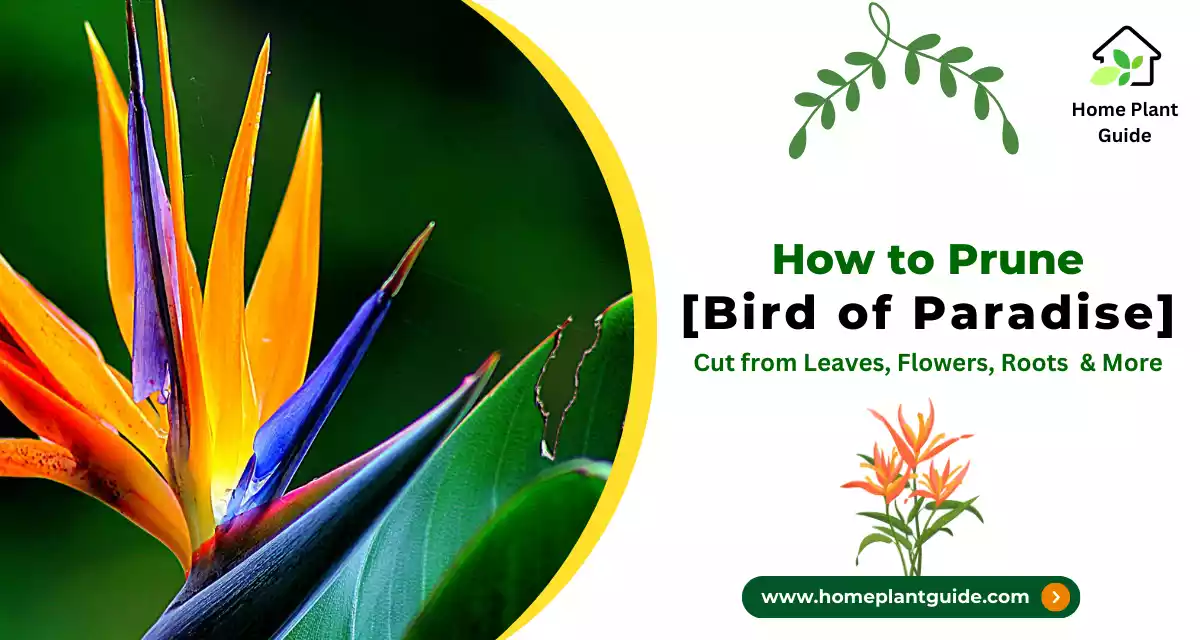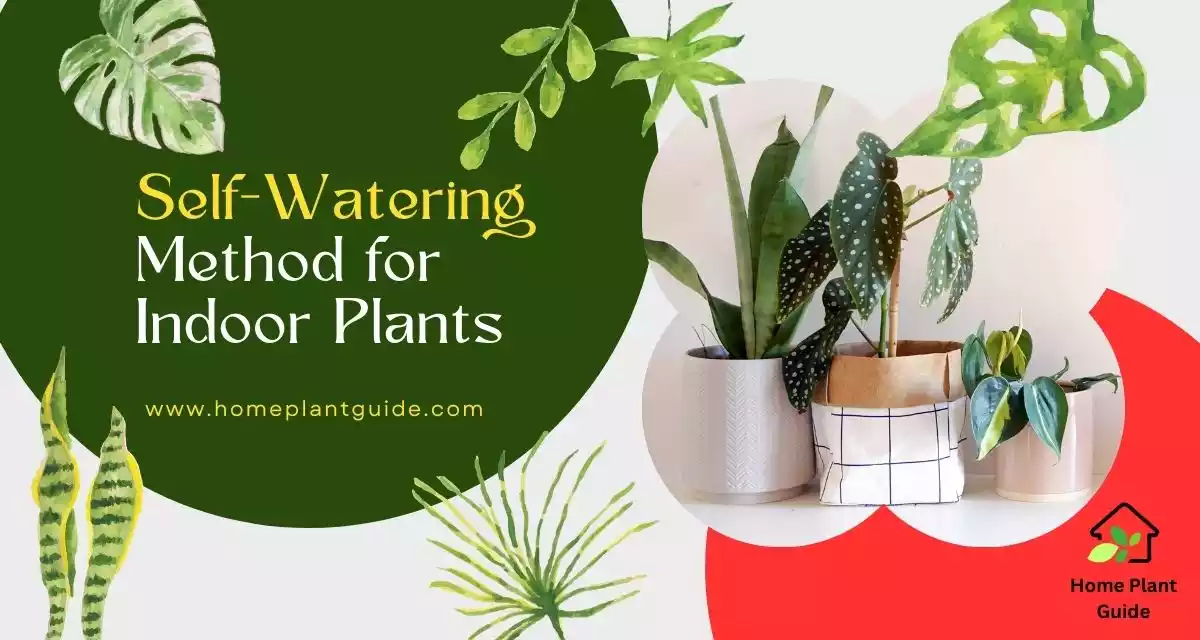Pruning is an essential part of maintaining healthy and productive plants. So we can describe to you how to prune pepper plants properly.
Many people prune their pepper plants for a variety of reasons, including maintaining the size and shape of the plant. Other reasons are maximizing productivity and preventing their disease.

In this discussion, we will discuss some tips and tricks for pruning pepper plants including when to prune for maximum yield and how to avoid common mistakes.
Whether you are a seasoned gardener or just starting with pepper plants. you are sure to learn something new from our conversation.
In This Article
How to Prune Pepper Plants in Pots?
To prune pepper plants growing in pots, it’s important to follow a few key steps to maximize their growth and productivity.

Here are a few steps to pruning pepper plants in pots:
Step 1: Prune the lower leaves
Remove any lower and older leaves that may be shaded by the upper leaves. This will allow maximum light and airflow to the lower branches.
Step 2: Remove any diseased branches
Check your pepper plants regularly for any signs of disease, such as yellowing leaves or black spots. If any branches are diseased, remove them completely from the plant, including the roots.
Step 3: Prune for height and shape
To control the height and shape of your pepper plants, prune any branches that are growing too tall or leaning in one direction. This will provide a balanced and uniform shape to your plants.
Step 4: Prune for productivity
Prune the top leaves and young branches of your pepper plants to encourage growth and productivity. This will help to maximize the yield and quality of the fruit.
How to Prune Pepper Plants for Winter?
To prune pepper plants for winter, follow these simple steps:
Remove any dead or diseased branches and leaves
Winter is a time of low activity for plants, especially peppers. To prepare your plants for winter, start by removing any dead or diseased branches and leaves. This will help to protect your plants from any further damage or disease.
Trim the height
Trim the height of your pepper plants by cutting away any overly tall branches. You can also remove any lower branches that are shading the lower leaves.
This will allow maximum light and airflow to the lower branches, which will help to promote healthy growth.
Remove fruits
If your pepper plants are currently bearing fruit, it’s important to remove these before the frost hits. This will help to prevent fruit from rotting and spreading disease.

Mulch your plants
Cover your pepper plants with a layer of mulch to protect them from frost and to retain heat in the ground. This will help to keep your plants warm and healthy during the winter months.
When to Prune Paper Plants?
In general, you should aim to prune your pepper plants at least once a year, preferably in spring or early summer. This will help to promote new growth, increase yield, and improve overall plant health.
Pepper plants are resilient plants and can tolerate pruning at any time of the year.
However, it’s important to keep in mind that pruning at the wrong time of the year can harm your plants. Some of the best times to prune your pepper plants include.
Early spring
This is the ideal time to prune pepper plants because they will have time to grow new branches before the growing season begins.
Late spring or early summer
This is another good time to prune your pepper plants. As the plants will have time to establish new growth before the height of the growing season.
Autumn
Pruning in autumn is a great way to prepare your plants for winter and to promote new growth for the following season.
Mistakes to Avoid When Pruning Pepper Plants
Here are some tips to help you avoid common mistakes:
01 Over pruning
Pruning too much can cause stress to the plant and inhibit new growth. Be sure to only remove branches and leaves that are necessary for the plant’s health and growth.

02 Pruning the top branches too much
While it’s important to prune pepper plants for height and shape, over-pruning the top branches can cause the plant to become top-heavy and susceptible to wind damage.
03 Pruning during extreme weather
Avoid pruning pepper plants during extreme heat or cold. These conditions can cause stress or shock to the plants.
04 Not pruning far enough
It is important to remove any dead or dying branches and leaves to prevent disease and promote new growth. Be sure to remove dead branches completely, including the roots, and to remove them properly.
05 Not pruning evenly
Pepper plants should be pruned to maintain even growth and shape. Over pruning on one side of the plant can cause the plant to become lopsided and susceptible to tipping over.
How to Prune Pepper Plants for Maximum Yield
Here’s a quick guide to encourage bushier growth and potentially increase your yield:
Early encouragement
Pinch off the first blooms
Keep remember before transplanting, gently remove any blossoms appearing on young seedlings. This redirects the plant’s energy towards stronger growth and leads to more peppers later.
Branching out
Top it when it grows
Once your pepper plant reaches about 12 inches tall, snip off the top inch or two of the main stem.
This encourages the plant to sprout side branches, creating a bushier plant with more potential pepper bearing sites.
Maintaining balance
Remove suckers in time
Keep an eye out for “suckers,” which are small shoots that grow where the main stem meets the branches. Pinch these off to prevent them from stealing energy from the main branches and peppers.
Remember
Use clean tools: Always sterilize your pruning shears with rubbing alcohol before and after use to prevent spreading diseases.
Do not overdo it: Avoid excessive pruning, as it can stress the plant.
Conclusion
To prune pepper plants effectively, it is important to follow a few simple rules.
Rules 01
It’s essential to prune pepper plants for maximum yield especially in pots, as they can become quickly overpopulated and stunted.
Rules 02
By pruning pepper plants properly then you can encourage healthy growth, new fruit development, and a more productive harvest.
Pro Tips
To avoid mistakes, do not over-prune, and don’t prune during extreme weather conditions.
Do not forget to remove all dead or diseased branches and leaves to prevent disease. Always prune the plant evenly.
FAQ:
Q: Can I prune my pepper plants organically?
Yes, definitely. All the pruning techniques mentioned above are organic and require no harsh chemicals. Focus on removing diseased or damaged foliage and encouraging healthy growth.
Q: Should I prune all pepper plants?
Not necessarily for all time. While pruning can benefit many varieties, some thrive naturally without it.
Larger-fruited peppers like bell peppers and banana peppers often don’t require topping.
But smaller fruited varieties like jalapenos and habaneros benefit from early pruning to encourage bushier growth and more fruit.
Read More Healthy Plantation Tips:





